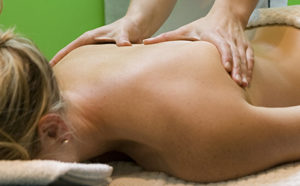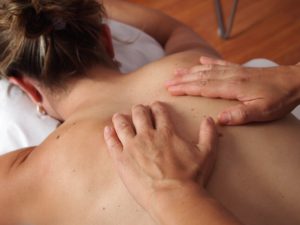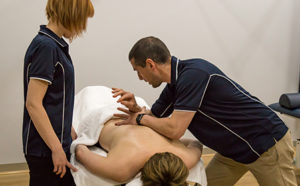The importance of music during massage
Over the course of human history, the study of music and its effects on easing stress and anxiety has been a recurring theme. While massage therapy courses equip professionals with the skills, training and techniques to ease tension through massages, playing relaxing and soothing music during the treatment can significantly enhance results.
Acknowledgement of musical healing is growing
Medical professional and registered nurse Jeanine Young-Mason wrote an article titled Music Therapy: A Healing Art, published in the May 2002 edition of the Clinical Nurse Specialist journal. She noted that even the Bible acknowledged the therapeutic value of music, citing the passage "David played the harp for King Saul to help absolve his moods of despondency" as an example of how people have respected the power of music to improve mood and emotion for centuries.
Today, medical communities are increasingly accepting the benefits of playing music to patients. This has been evidenced by the growth of organisations such as the American Music Therapy Association and the development of career pathways in music therapy, with many individuals pursuing jobs that help the ill through the power of sweet melodies.
Literature and academia are also embracing the value of sounds for soothing pain. Indeed, many books have been written on the medicinal properties of music, such as The Healing Forces of Music: History, Theory, and Practice by Randall McClellan.
Clinical studies prove music therapy works
Clinical trials have recorded evidence that music therapy is a viable treatment. A team of french scholars and neurological specialists from the Centre Mémoire de Ressources et de Recherches in Paris conducted a study finding that music can help ease chronic pain. They studied 87 patients diagnosed with a range of conditions such as lumbar pain, inflammatory disease, fibromyalgia or neurological diseases.
One group of patients listened to music therapy, while the other did not. The results showed that those who received the musical treatment experienced a significant reduction in pain. Moreover, they did not suffer from as much anxiety or depression, and also consumed fewer anxiolytic agents.
Researchers from the College of Medicine at Xi'an Jiaotong University in China also found that hearing music after radical mastectomy lowered the anxiety levels of breast cancer patients.
Needless to say, music has played a big part in helping treat those in pain, and massage is another avenue for using its powers. One in four Australians felt moderate to severe levels of stress last year, according to the Australian Psychological Society's Stress and wellbeing in Australia survey. Massage is an excellent solution for people suffering from stress, however the combination of music and massage can work in tandem to offer better results.
Music suited for massage
Most salons and spas play instrumental music to help clients unwind during the massage. Often these instruments are renowned for creating sounds and beats that lull people into feelings of serenity, such as the sitar from India or the simsimiyya from the Middle East and Egypt. These stringed instruments create harmonic, reverberating sounds; the sitar is akin to a guitar while the simsimiyya is a traditional plucked lyre.
Oriental sounds are also celebrated, such as from Chinese instruments including the paixiao, gaohu, guzheng and pipa. The natural sounds of waves crashing against the shore, leaves rustling in the wind, birds chirping or flowing water can also create a calming atmosphere during the massage.
Students enrolled in massage therapy courses can start building a play list of such music to use when they practice with family or while they treat clients. Several online music stores sell mp3 files pre-loaded with music catered for massages. Alternatively, for those wanting to develop something original and unique, record the sounds of nature the next time you go on an outdoor run through the bush or park.





